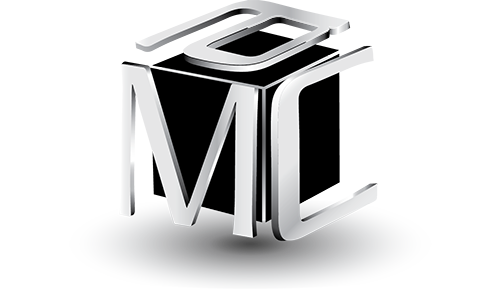Fixing Leadership Development
Fixing Leadership Development
Michael Couch
President
Michael Couch and Associates Inc.
Pittsburgh, PA
It comes as no surprise that a recent survey by i4cp indicated that 67% of the executives surveyed felt that their organization’s leadership development efforts were not effective. This is at a time when companies are spending billions annually on leadership development . . . with no clear return on the investment.
The reasons for the failure of a specific Leadership Development initiative can be numerous but my experience shows the following to be the top hitters.
Not understanding the development need
Many leadership development initiatives start when an executive perceives a performance gap of some kind and tells HR that, “I think we need X program”. HR/Training and Development then plays a “pair of hands” role to just answer the execs request. This kind of needs assessment is seldom thorough enough and doesn’t consider the myriad of potential reasons for the gap . . . or whether there is really a gap to begin with. Business execs may be great at assessing market, strategy, and financial gaps but tend to be lousy at assessing human performance gaps.
The decision to invest in leadership development should be evidenced-based not impression-based. The best source of the evidence for development is from an objective, on-going talent review process that identifies clear performance gaps that are attributable to target leadership competencies. (Go here to find out more about assessing your organization’s talent.)
Not linking the need to a clear business outcome
We tend to jump to what development is needed without considering why the investment should be made in the first place. I try not to take any development action until there is a clear Impact Map – what business result do we expect to see if we are going to invest this time and money? The development intervention can then be created to assure that the impact, and therefore an ROI, is created.
An Impact Map starts with a few key business goals (lag indicators) and then links the outcomes that a leader or team must achieve to drive those goals (lead indicators). The competencies needed by the leader to achieve the outcomes are then identified. Finally, it can then be outlined what the leader needs to do more of, better or differently to assure the outcomes are achieved (development). I like to think about this as developing a meaningful impact story. The story line moves from “Why is this important?” to “How can this be achieved?” (Check out the book Courageous Training (2008) for more info on crafting an Impact Map.)
The Last Shiny Object Syndrome
A new book comes out, a pop-culture diva blogs a new catch-phrase . . . you know the drill. Companies jump on the bandwagon for the next hot thing only to find that it’s worthless then jump at the next Shiny Object. This sells a lot of books and drives up the prices of keynote addresses but seldom makes a difference in the business. Most of these “Shiny Objects” are not evidenced-based, are anecdotal or are based on very shaky, self-serving research. Look for the proof and work from the Impact Map (see above) to determine an intervention.
Focusing on personality not behavior
As a culture, we seem to have an obsession with personality traits. However, personality is not very helpful when it comes to understanding and developing leadership effectiveness. There is no such thing as a single successful leadership personality profile. Focusing on personality or other traits tends to lead people to focus on “that’s the way I am” rather than understanding the behaviors they can develop to be more effective. Build your development process on research-based, behavior-based competencies. For some ideas on how to do that, check out my free whitepaper, The Elegance of Competencies.
Development is more than overcoming a weakness
We know what it takes to have a successful leadership career. Success comes from learning and applying new and different behaviors (competencies) as job demands change. We also know that there are many ways that new behaviors can be developed and that some ways have a greater impact than others. For example, moving a mission-critical competency from average to outstanding is often a high-impact result. We also know that some leadership competencies are harder to develop than others. Therefore, if a mission critical competency is tough to learn, it might be more beneficial to compensate for that competency by focusing on a behavior that is easier to learn.
We also know why leaders fail. They fail because they do not learn and apply new behaviors as the demands of their role change. Leaders also tend to fail more because they overuse an early strength rather than because of a glaring weakness. Focusing on just leveraging strengths can therefore create more problems.
The paths to development are multi-dimensional. Don’t limit leadership development efforts to a limited bag of tricks.
One size fits all
It is seldom likely that every leader or potential leader in a company has the exact same development need. However, companies often bring all their leaders to an annual development event and send everyone through the same intervention. They are then surprised when some of the audience is bored and that the development has no impact.
Effective development is more “mass customized” and focused than that. The common elements in development are the competencies that create a foundation and the variety of development methods available that can be brought to bear.

